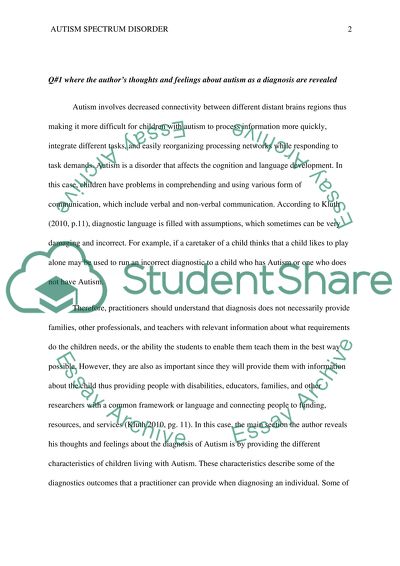Cite this document
(“Final Project Assignment Example | Topics and Well Written Essays - 1750 words”, n.d.)
Final Project Assignment Example | Topics and Well Written Essays - 1750 words. Retrieved from https://studentshare.org/education/1497453-final-project
Final Project Assignment Example | Topics and Well Written Essays - 1750 words. Retrieved from https://studentshare.org/education/1497453-final-project
(Final Project Assignment Example | Topics and Well Written Essays - 1750 Words)
Final Project Assignment Example | Topics and Well Written Essays - 1750 Words. https://studentshare.org/education/1497453-final-project.
Final Project Assignment Example | Topics and Well Written Essays - 1750 Words. https://studentshare.org/education/1497453-final-project.
“Final Project Assignment Example | Topics and Well Written Essays - 1750 Words”, n.d. https://studentshare.org/education/1497453-final-project.


